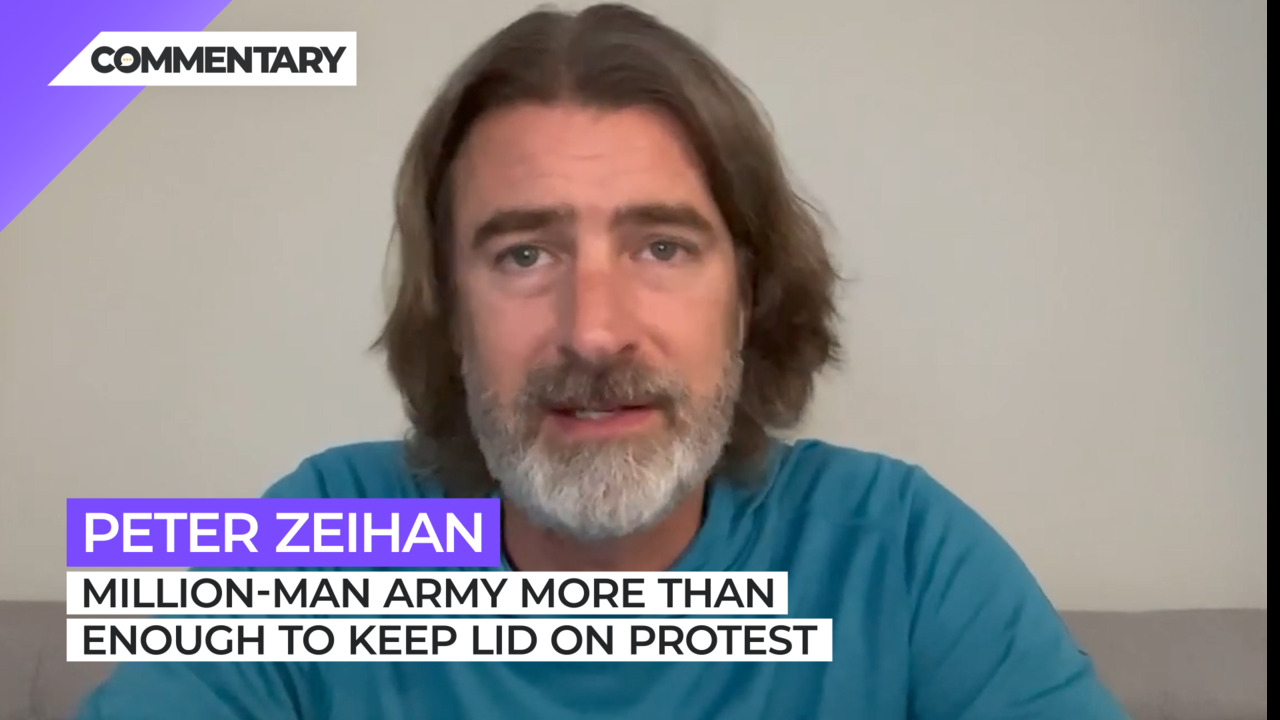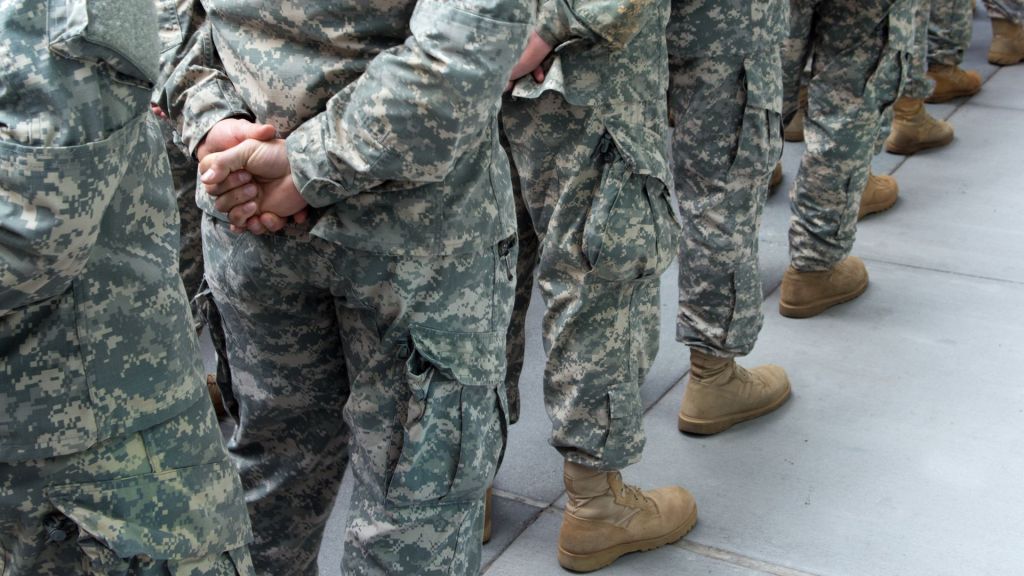
Commentary
-
Our commentary partners will help you reach your own conclusions on complex topics.
Everyone, Peter Zion here still in Birmingham. The other big issue that’s going on, because there’s just no shortage of these things these days, is that in Iran, we’ve got some of the most robust protests that we have had in 20 years, certainly, at least since the Green Revolution of 15 years ago. The issue is that a woman was killed by the security services because she was not appropriately dressed in their eyes. And so we’ve got this mix of combustible activity, that is women’s rights and general Liberty issues and pro Western issues, but also all the normal mix of groups that have been oppressed within the Iranian systems, Baluchis Arabs, as areas and so on. At the moment, excuse me. At the moment, outside influence on this round, seems negligible. No one is doing what the Iranians would do if they were backing protesters elsewhere in the Middle East. So there is no sign that the protests are being armed, for example. And there’s no specific targeting of the security services by any sort of paramilitary organization at the moment. But that doesn’t mean that this is going to succeed in overthrowing the mullahs. In fact, probably not. For a country like Iran to have a significant political shift. A lot has to go right or wrong, I guess, based on your point of view. We’ve all seen 300, right? Remember, they were talking about the 1000s nations of Persia. That’s not too far off. Persia, Iran is a country of mountains and mountain valleys. And each Valley has its own identity. And after centuries, millennia of a combination of ethnic cleansing and intermarriage and trade linkages, and trying to rub out a lot of the smaller groups. Even today, only half of the population of Iran considers itself Persian is a quarter of a mercenary, you’ve got a bunch of Baluchis and Arabs and others, dozens of them. And so in order to get something to flip the government, you either have to mobilize all of the minorities, as well as a fair chunk of Persians or the Persians that have to do it themselves. And we’re just not there yet. Now, if you were going to do this, you would also need a personality, somebody charismatic, who can bring all the factions together. The last time this happened was 1979. And that guy was Ayatollah Khomeini. So you know, be careful what you wish for when you’re talking about government change in the Iranian system. Also, the United States is out the Middle East now for the most part. So that short midterm boogeyman that the Iranians have always been able to rally around a rally against just isn’t there. So this is Iran, more or less doing its own juices. And considering the general issues of economic dislocation across the country, because things have been getting worse and worse and worse for years. This some version of this is probably the Iranians new normal for at least another 10 or 20 years slow, steady, low to mid level protests that never really end that is kind of heat on. But this is what the Iranian security services were designed for Iran because of its mosaic of ethnicities. The Persians have always been nervous that that could be a rebellion. So they maintain in per capita terms, one of the largest militaries in the world over a million for a country of its population of about 75 80 million. And that means that they basically occupy themselves in order to prevent these groups from ever rebelling. And a million man army is more than enough to keep a lid on protest that at this point, simply haven’t risen to the threshold of regime challenge. Okay, that’s it for me. Till next time.
-
Hurricane Helene hits US coast, Appalachia and beyond
Hurricane Helene hit Florida and Georgia overnight between Sept. 26 and 27 as a Category 4 hurricane, and accompanying storms will continue reaching deeper into the continental United States today. Dangerous flash flooding from the hurricane, known as storm surge, was some of the worst flooding that the Tampa Bay area has ever seen, and… -
Israel holds upper hand against Lebanon, Hezbollah and Iran
On Wednesday, Sept. 25, Hezbollah launched a ballistic missile at Tel Aviv in retaliation for Israel’s explosive pager attack that blew up devices across Lebanon. Although Israel’s defense systems intercepted the surface-to-surface missile, the attempted strike on Tel Aviv marked a significant escalation by Hezbollah. Since the siege on Gaza began, shortly after the Oct. 7, 2023,… -
The Sinaloa Cartel civil war
Fears of a civil war within the Sinaloa Cartel are growing as violence between competing factions within the cartel continues. The Mexican Army has dispatched around 600 elite troops to Sinaloa to help quell those fears, in addition to roughly 2,200 regular soldiers and National Guard. Watch the above video as Straight Arrow News contributor… -
New Ukrainian weapons hit Russia where it hurts
Ukrainian drones struck a major Russian ammunition depot, triggering a massive explosion that was captured on camera. According to the Ukrainian military, 2,000 tons of munitions had arrived at the depot before the attack. Over the past two years, Ukraine has significantly increased its domestic drone production, allowing it to scale up attacks on military… -
Weighing social costs vs. economic benefits on immigration
Global human migration is one of the defining elements of our current historical era, according to the United Nations. Migrants face both the incentives to leave — forced out by climate change, crime and corruption, extreme poverty or violence — and incentives for where to go, based on available job opportunities and so on. Migration…
Latest Stories
-
 Getty Images
Getty Images
Potential top seeds still making their case for NCAA tournament committee
-
 Getty Images
Getty Images
DOD identifies $80 million in diversity and climate spending
-
 Getty Images
Getty Images
Severe weather threatens Mardi Gras celebrations in New Orleans
-
 Getty Images
Getty Images
MLB spring training: Mixed bag for National League teams 1 week in
-
 Getty Images
Getty Images
Illegal border crossing apprehensions plunge to 8,300 in February: Report
Popular Opinions
-
In addition to the facts, we believe it’s vital to hear perspectives from all sides of the political spectrum.
Latest Opinions
In addition to the facts, we believe it’s vital to hear perspectives from all sides of the political spectrum. We hope these different voices will help you reach your own conclusions.
The opinions published in this section are solely those of the contributors and do not reflect the views of Straight Arrow News.





















Latest Commentary
We know it is important to hear from a diverse range of observers on the complex topics we face and believe our commentary partners will help you reach your own conclusions.
The commentaries published in this section are solely those of the contributors and do not reflect the views of Straight Arrow News.
Dr. Frank Luntz
Pollster and Political Analyst‘Biased’: What Americans think of ‘mainstream media’
‘Getting rid of them’: Americans discuss Trump and immigration
‘Woke’: Why some Biden 2020 voters backed Trump in 2024